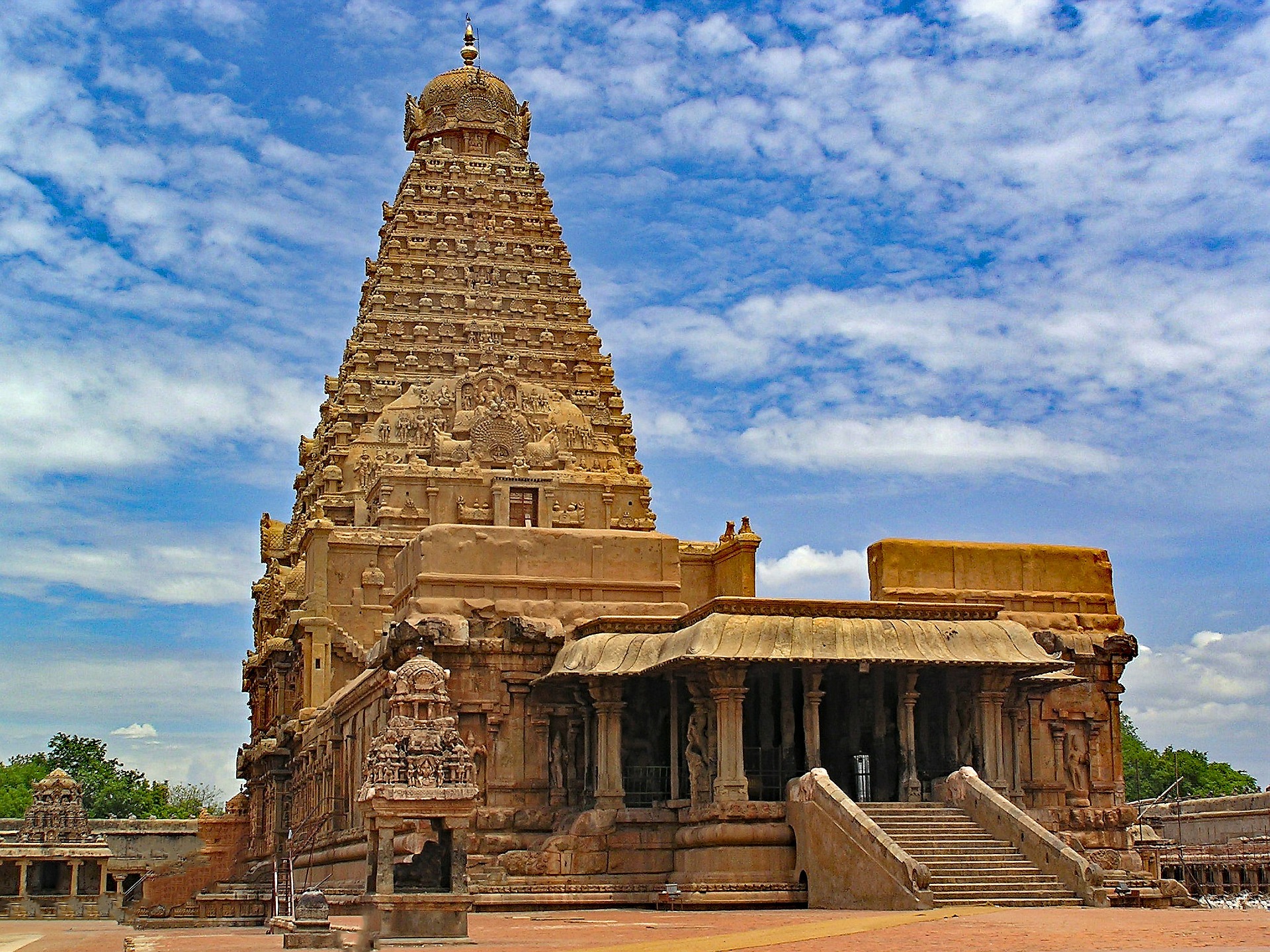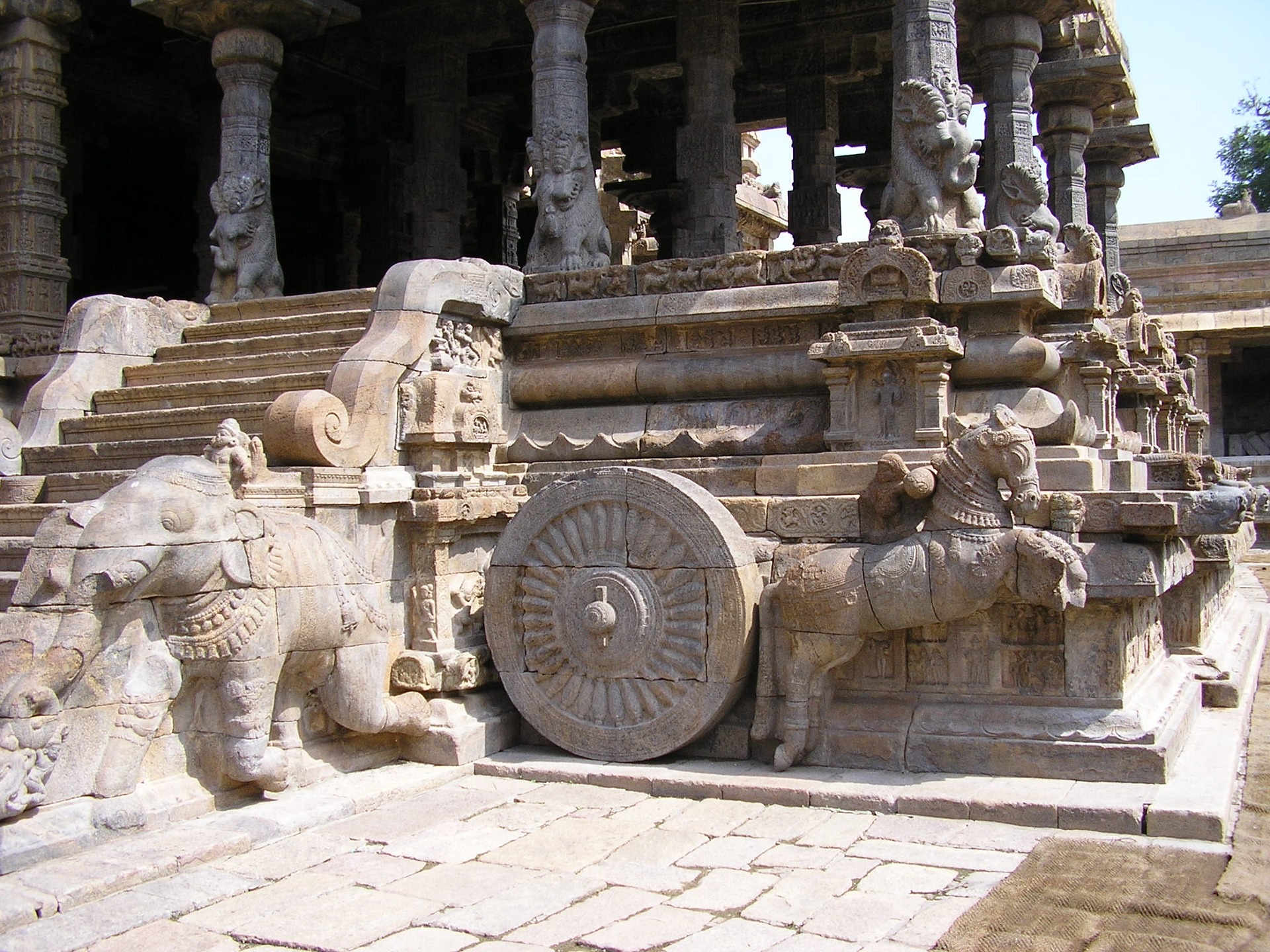The Tamil Language (TN): A Treasure of Heritage and Identity
Tamil, one of the oldest languages in the world, holds a unique position in the linguistic landscape of India and beyond. With a rich literary history dating back over 2,000 years, it is the official language of the Indian state of Tamil Nadu and one of the 22 scheduled languages of India. Furthermore, Tamil is recognized as a classical language due to its ancient origins, extensive literature, and cultural significance.

Historical Significance
The origins of Tamil can be traced back to the ancient Tamil kingdoms in the southern part of the Indian subcontinent. The earliest records of the language appear in inscriptions and literature, including the famous Sangam literature, which consists of poems and texts reflecting the life, culture, and ethos of early Tamil society. This literature showcases the sophistication of Tamil, with its complex grammar and rich vocabulary. The Tamil script, which evolved over centuries, plays a vital role in preserving the language’s literary tradition. The script's design, derived from the Brahmi script, allows for phonetic precision, making Tamil one of the most linguistically rich languages.
Cultural Importance
Tamil is not just a means of communication; it is a repository of the Tamil people’s culture and identity. Festivals, music, dance, and art forms, such as Bharatanatyam and Carnatic music, are often expressed through Tamil, fostering a deep connection between the language and cultural practices. Tamil cinema, too, plays a significant role in popularizing the language and its nuances, reaching audiences worldwide. Moreover, Tamil is a language of deep philosophical and religious texts. The works of great Tamil poets and philosophers, such as Thiruvalluvar, whose "Thirukkural" offers insights into ethics and morality, continue to inspire generations. This literary heritage reinforces Tamil’s status as a classical language and a treasure trove of wisdom.

Global Reach and Modern Relevance
The Tamil diaspora has spread the language across the globe, particularly to countries like Sri Lanka, Malaysia, Singapore, and Canada. In these regions, Tamil is not only a means of communication but also a vital link to cultural identity and heritage. Institutions and organizations have emerged to promote Tamil language and culture, ensuring its survival and relevance in a globalized world. In contemporary times, Tamil is gaining traction in technology and education. With advancements in digital communication, Tamil is being incorporated into software, social media, and online learning platforms. Efforts are underway to standardize and modernize the language for new generations, ensuring that it continues to evolve while retaining its core identity.
Conclusion
In conclusion, Tamil is much more than a language; it is a cultural phenomenon that embodies the history, identity, and aspirations of the Tamil people. Its ancient roots and modern relevance showcase its adaptability and resilience. As we move forward in a rapidly changing world, preserving and promoting Tamil language and culture remains crucial, not only for Tamil speakers but for the global tapestry of human civilization. Embracing Tamil means celebrating a legacy that transcends time and borders, enriching the collective heritage of humanity.